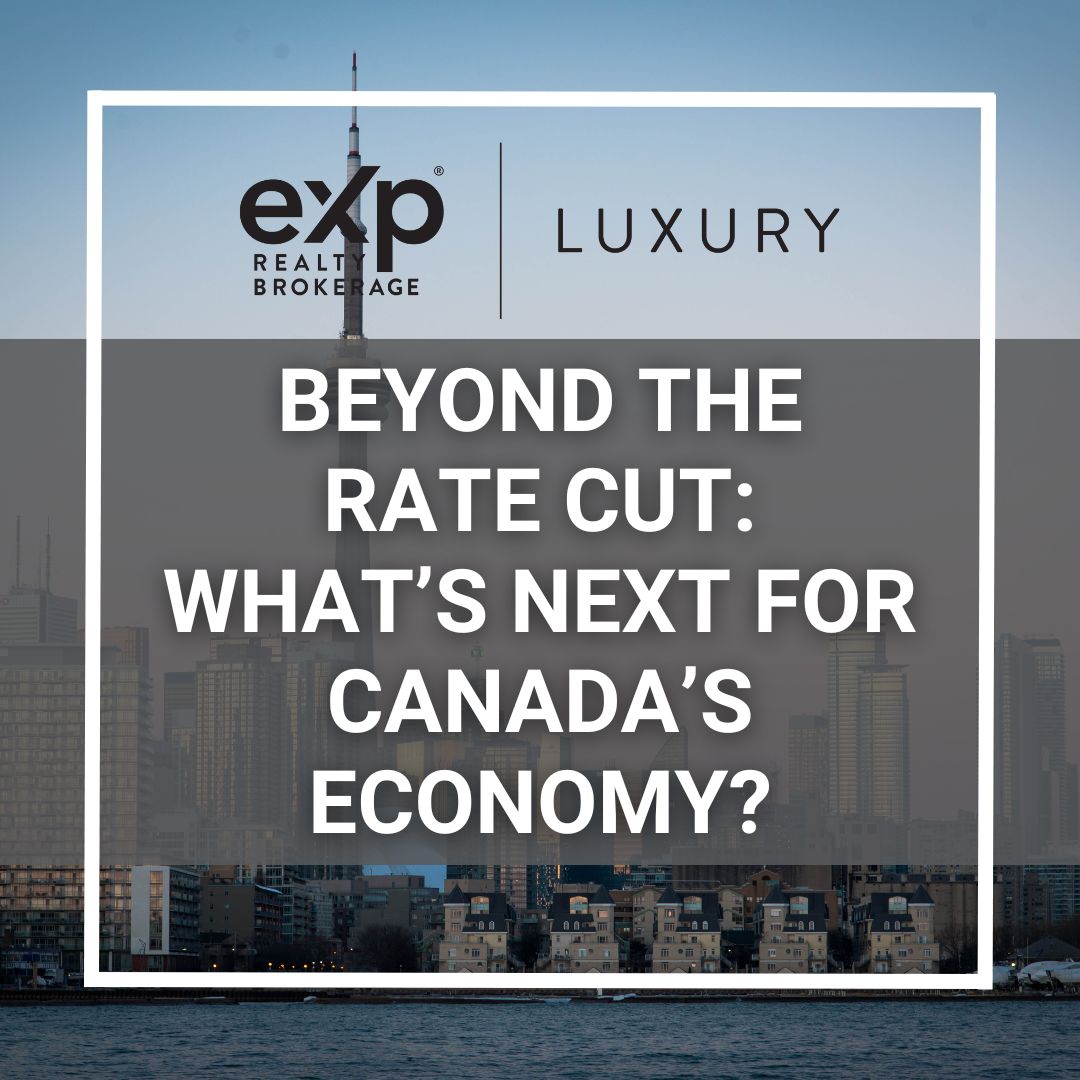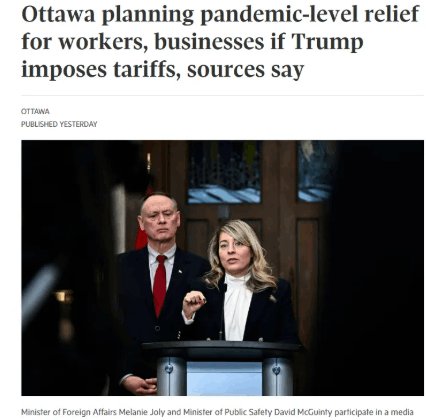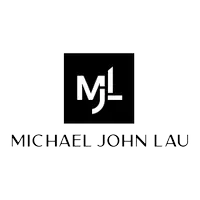Beyond the Rate Cut: What’s Next for Canada’s Economy?

Bank of Canada Cuts Rates, But Bigger News Lies Ahead
As widely expected, the Bank of Canada (BoC) cut rates by 25bps to 3%. But that's NOT the big news today.
What's more important is what the Bank of Canada shared in their media presser today. Here are the key takeaways.
Key Announcements from the BoC:
-
Quantitative Easing Resumes: The Bank of Canada will restart asset purchases in March to stimulate lending and economic growth.
-
Inflation Stabilization: Inflation remains near the 2% target, though potential tariffs could change the outlook.
-
Economic Activity Improving: Household spending and housing demand are rising, but labor market conditions remain weak.
-
Trade Uncertainty: The biggest risk is the potential 25% U.S. tariffs on Canadian goods, which could significantly impact economic growth.
Interest Rate Outlook During a Tariff War:
-
The BoC is caught in a dilemma. Should it cut rates to support the economy or hike rates to control inflation? The Bank indicated the final decision will depend on which force—economic weakness or inflation—proves to be the bigger threat.
-
The BoC expects tariff-driven inflation to be a one-time price increase that fades once tariffs are removed. However, if businesses raise wages to keep up with higher costs, inflation could become more persistent, making it harder to control. This would require rate increases
-
A weaker Canadian dollar is inflationary as the cost to import goods will increase
There's a lot of uncertainty, and the Bank of Canada is taking a wait-and-see approach since the impact will depend on the magnitude, duration, and Canada’s response to the tariffs. However, we’ll have more clarity soon.
In the short term, it's more likely the Bank of Canada will cut rates in response to the tariffs, a view supported by RBC. However, in the long term, the direction will depend on the trajectory of inflation.

Canada plans a tariff retaliation, and a potential COVID-style relief package could follow. While the tariffs' duration is uncertain, it's worth exploring how such relief might impact Canada’s economy.
 Tariffs & Inflation: A Chain Reaction
Tariffs & Inflation: A Chain Reaction
-
Tariff-Driven Inflation: Higher costs on imported goods will push prices up, disproportionately hurting middle- and lower-income households.
-
Risk of Persistent Inflation: If businesses raise wages to keep up with higher costs, inflation could remain elevated even after tariffs are removed.
-
BoC’s Limited Power: Monetary policy (aka interest rate changes) alone cannot offset trade conflicts—government intervention may be necessary.
 Money Supply & Capital Misallocation
Money Supply & Capital Misallocation
-
A stimulus package could inject excess liquidity into the economy, but where the money flows is critical.
-
Real estate and stocks could absorb some of this liquidity, inflating asset prices rather than boosting productivity. We've seen this happen during the pandemic
-
Low interest rates and more money supply encourage speculative investments, potentially leading to outsized price growth in assets
-
Potential for Abuse: As seen during the pandemic, there is a risk of bad actors exploiting these programs for financial gain, diverting resources from those in need.
 Wealth Redistribution & Market Distortions
Wealth Redistribution & Market Distortions
-
If relief funds go to lower- and middle-income households, much of the money will be spent on essentials (rent, groceries), ultimately benefiting businesses and landlords.
-
Meanwhile, wealthier individuals reinvest gains into assets, widening the wealth gap.
-
This feedback loop drives further inflation in real estate, pricing out first-time buyers and worsening affordability.
 Impact on the Housing Market
Impact on the Housing Market
Real Estate as an Inflation Hedge: Investors will likely increase demand for property, pushing prices higher.
Affordability Crisis: Rising home prices and rent costs will make housing less accessible.
Speculative Demand: A flood of liquidity could fuel a housing market bubble, distorting long-term pricing trends.
The Bank of Canada faces tough choices between supporting the economy and controlling inflation amidst trade uncertainties. Real estate professionals should watch for potential price inflation and affordability challenges, as stimulus measures and tariff impacts could drive liquidity into assets like housing.
Categories
- All Blogs (108)
- Activities (6)
- AI (1)
- Artificial Intelligence (1)
- Bank of Canada (3)
- Buying (54)
- Canada (69)
- Canada Economy (23)
- Condo (38)
- Debate (4)
- downsizing (23)
- Economy (21)
- empty nesters (2)
- Events (7)
- Family (25)
- Family Activities (9)
- fathers day (1)
- February (4)
- Festival (1)
- First Time Homebuyer (43)
- For lease (25)
- gift ideas (1)
- gst cut (1)
- High Demand (19)
- home (62)
- Home Improvement (49)
- Home Selling (66)
- Home Technologies (31)
- Home tips (61)
- Homebuying (63)
- House for sale (58)
- housing crisis (35)
- Inclusive Community (12)
- Job Opportunities (2)
- March (4)
- March Break (2)
- Markham (74)
- Markham, Ontario (68)
- PM Carney (2)
- policy (4)
- pricing (11)
- real estate (61)
- retirees (2)
- revenue (6)
- Rezoning (2)
- Rezoning Debate (2)
- Schools (8)
- Selling (39)
- Smart Home (26)
- Smart Houses (25)
- Snake Zodiac (1)
- spring (8)
- Springfest (1)
- summer (3)
- Tariff (3)
- Top-Ranked Schools (3)
- Toronto (59)
- Trump (1)
- Weekends (2)
- Winter (4)
- Winter Tips (4)
- Year of the Snake (1)
Recent Posts













